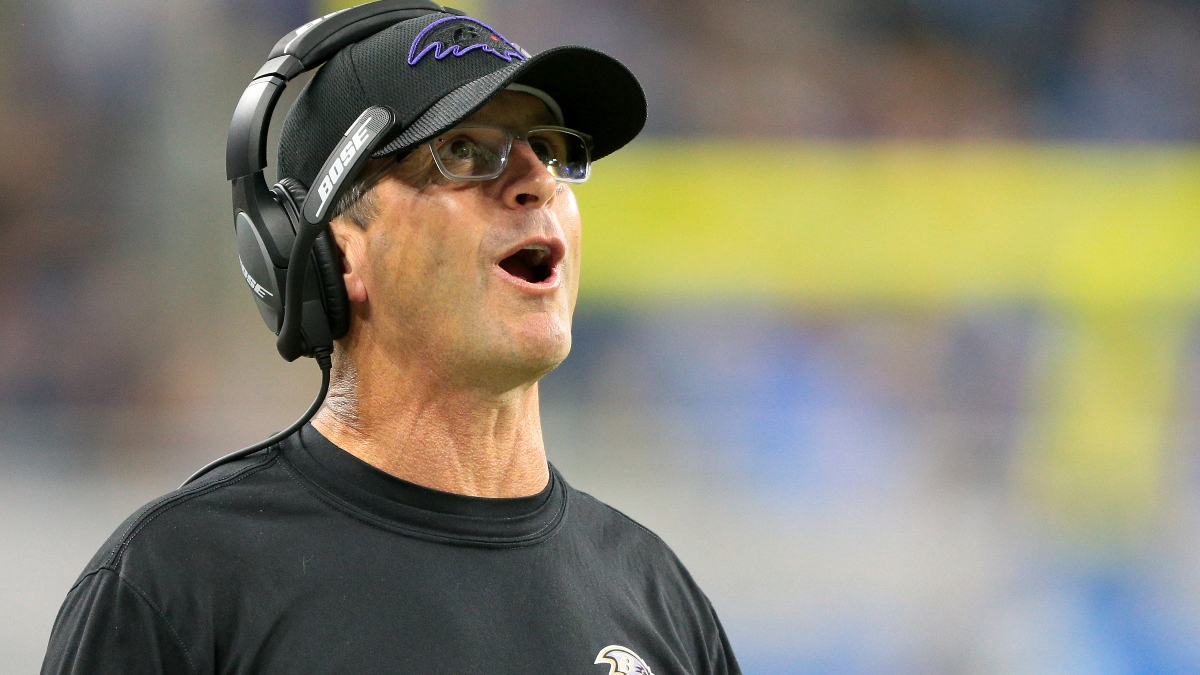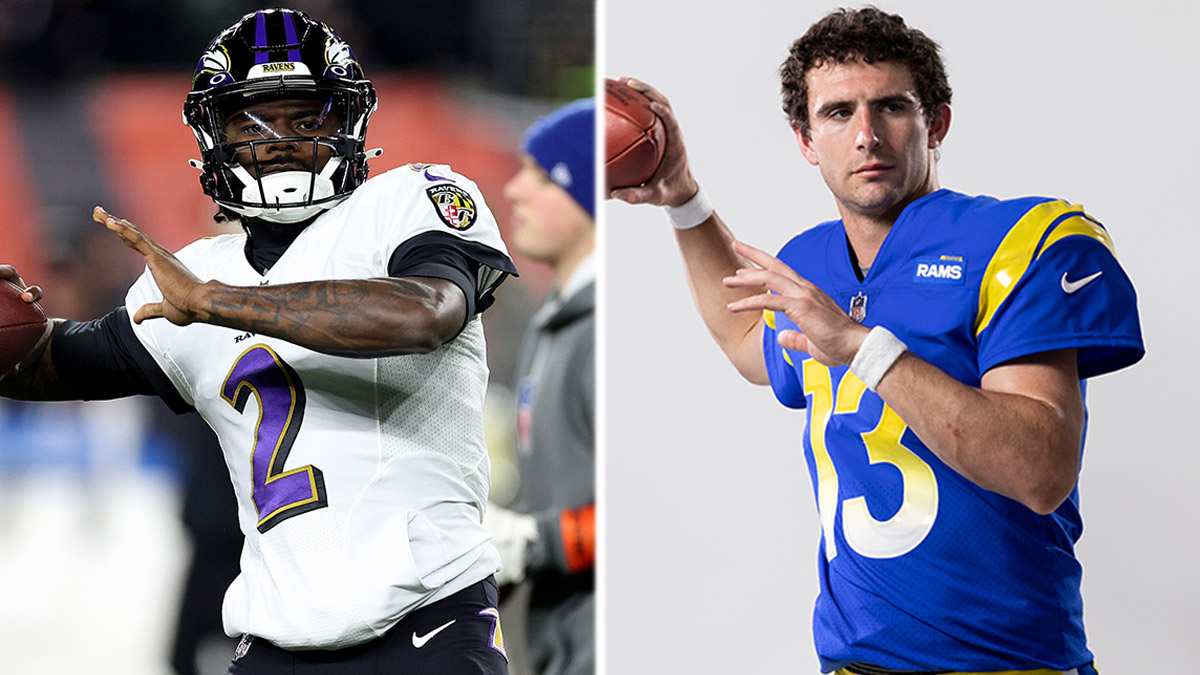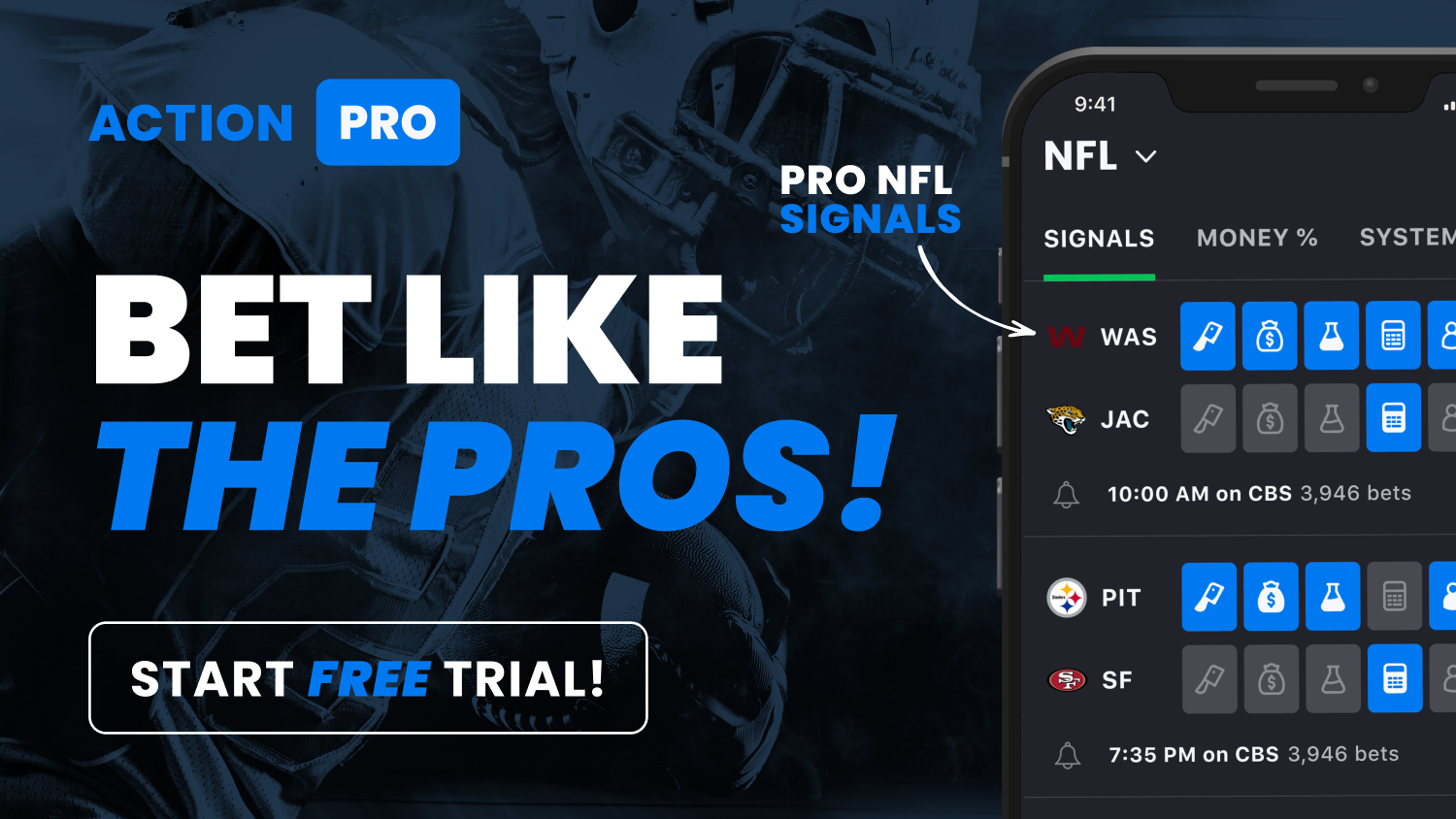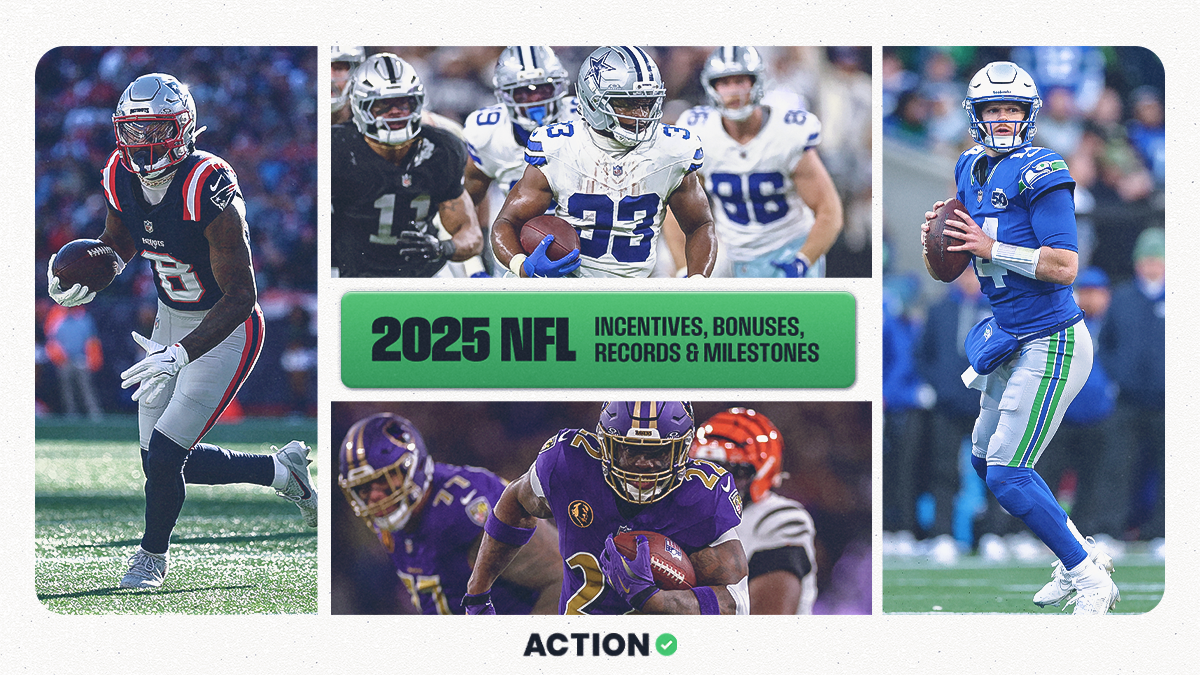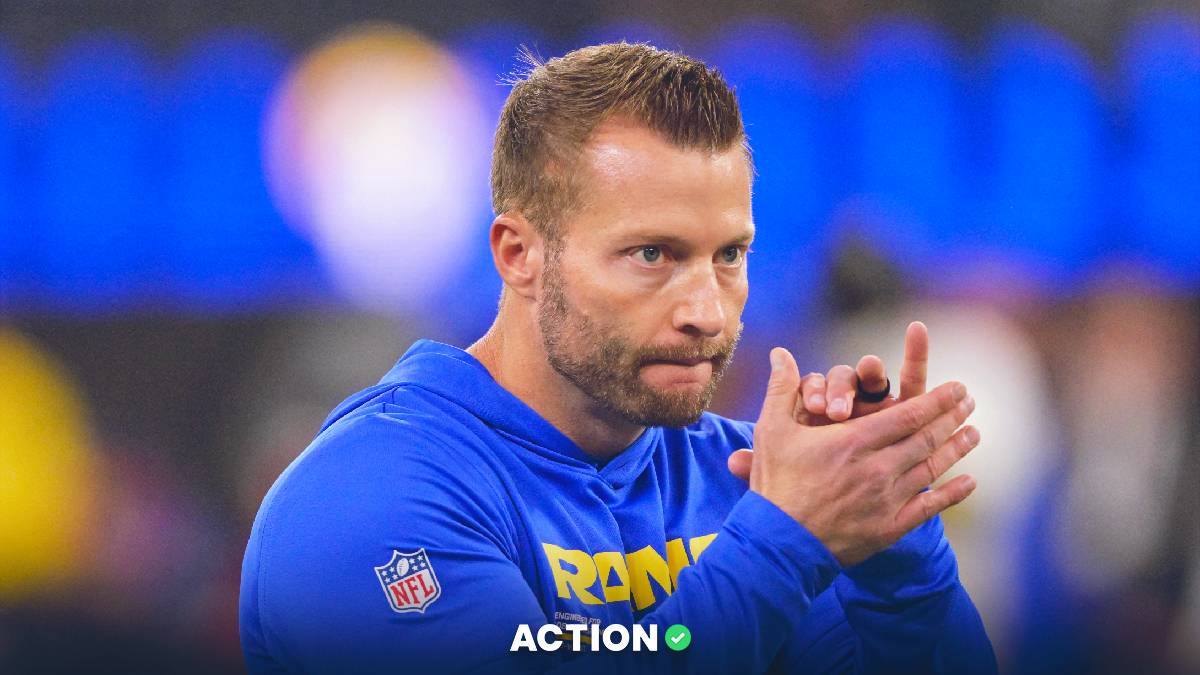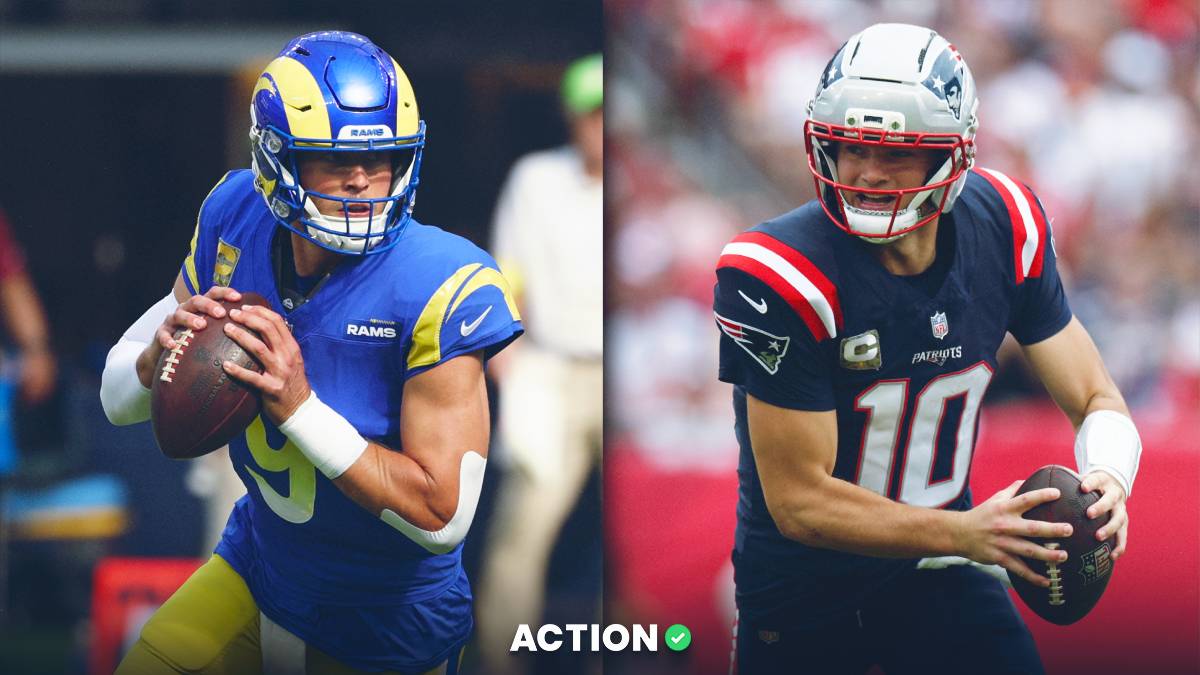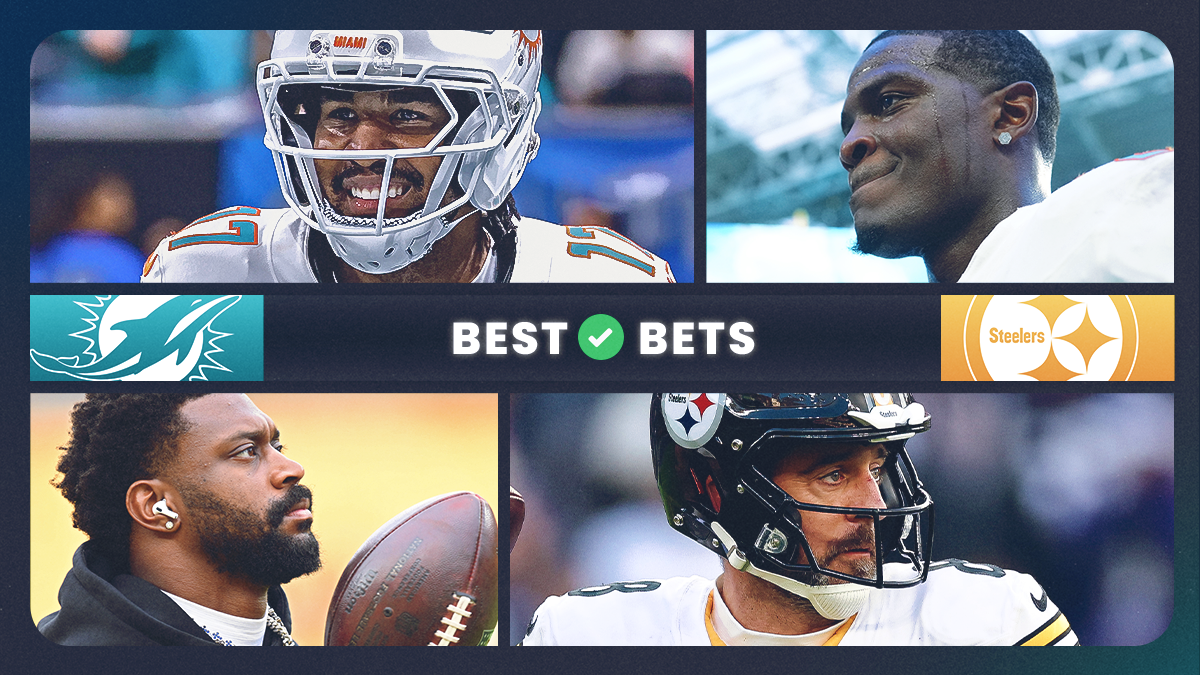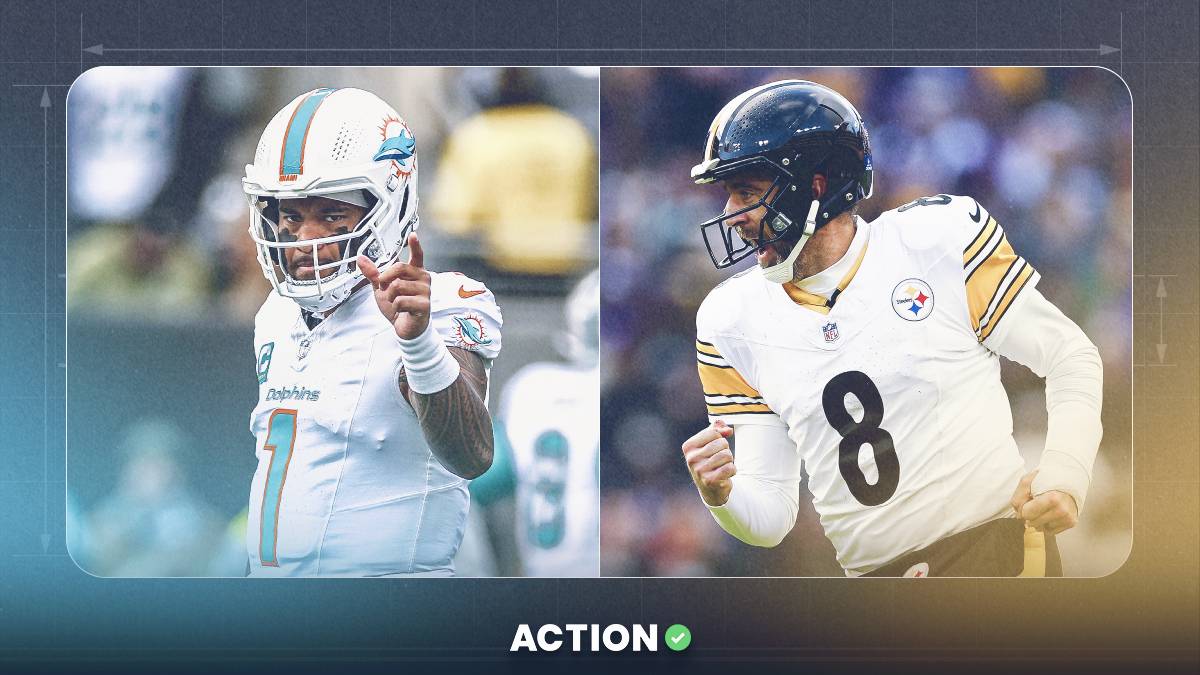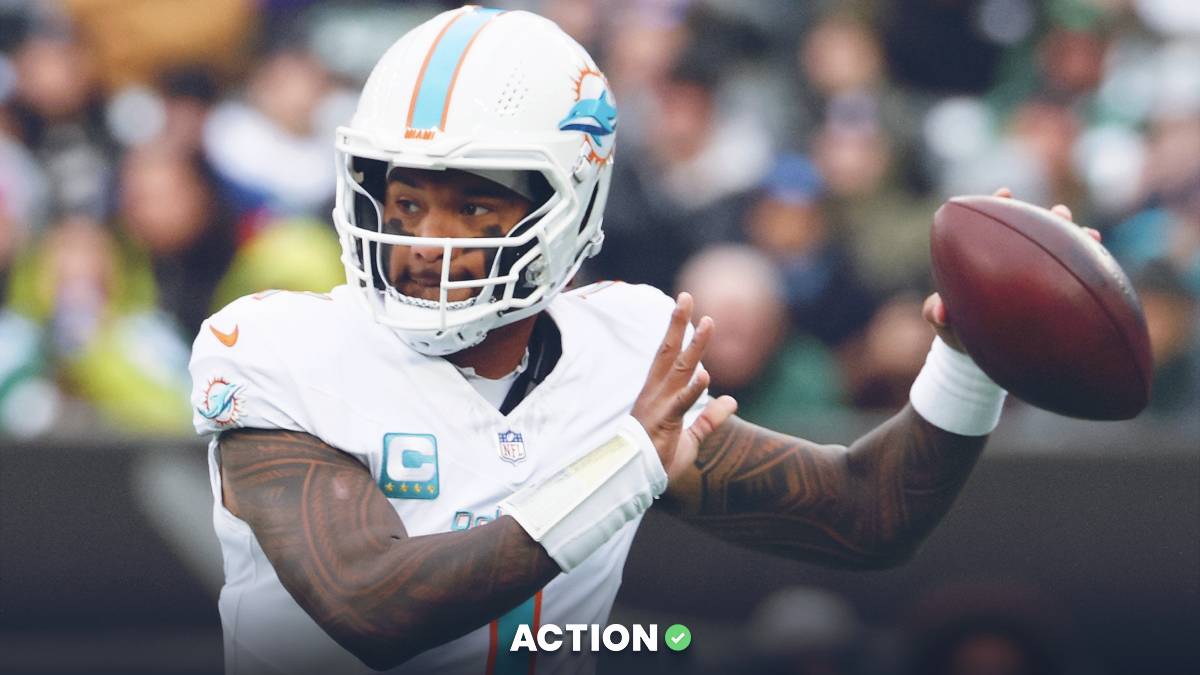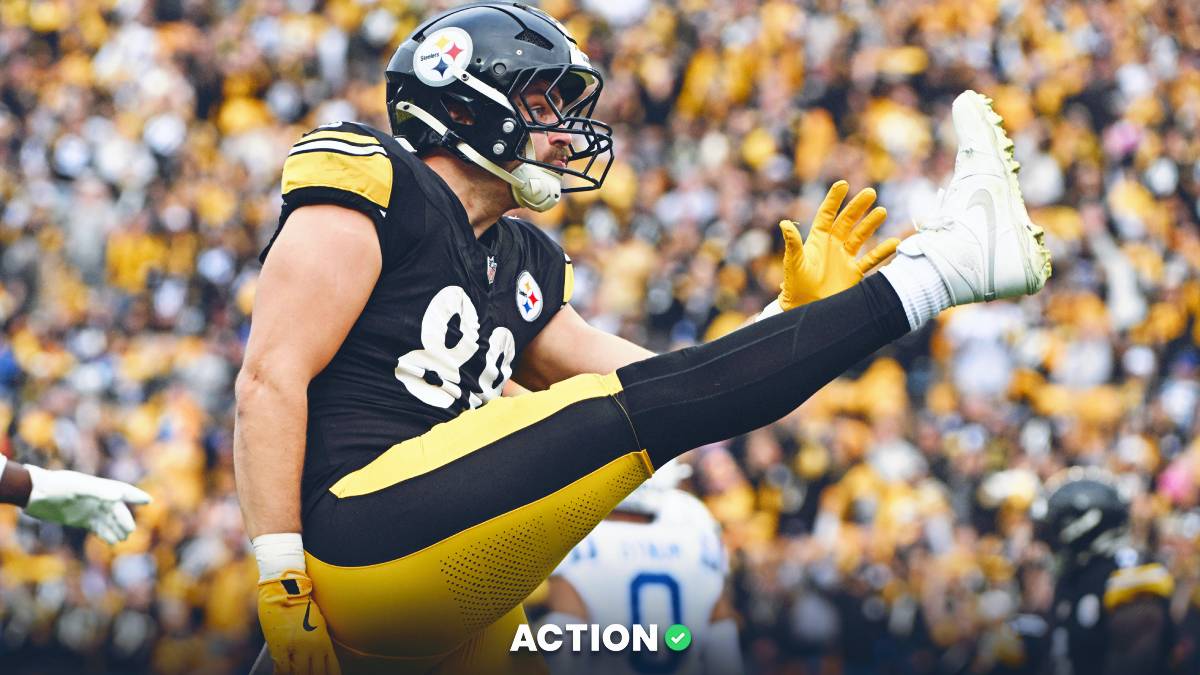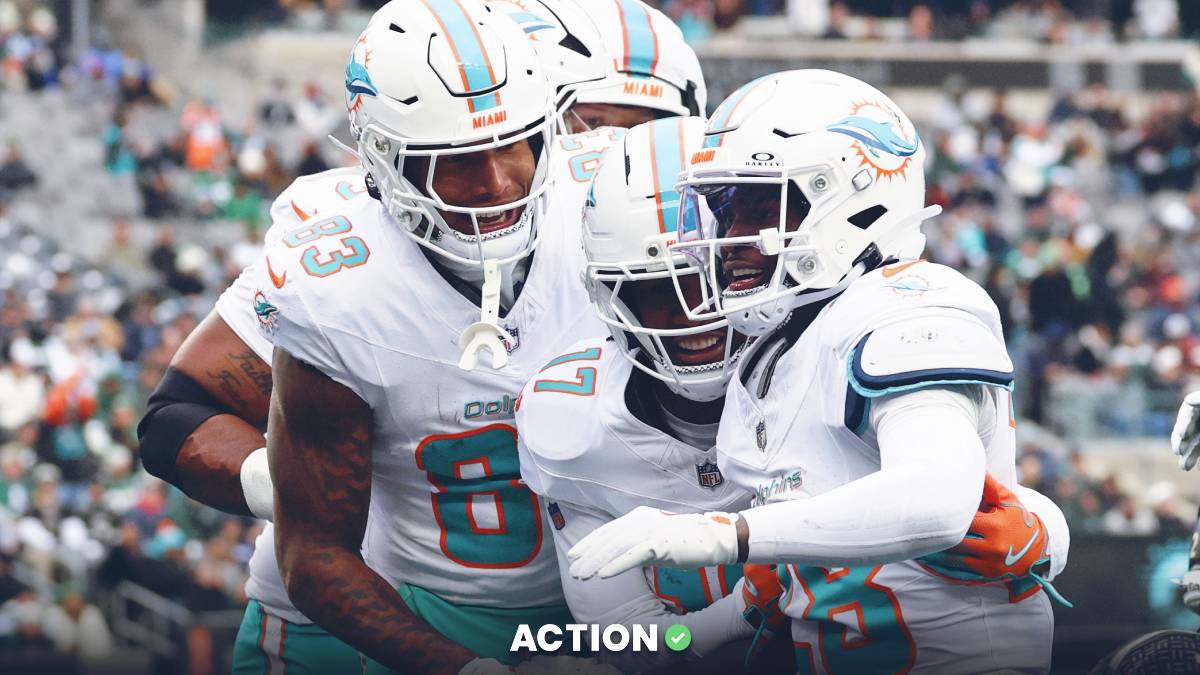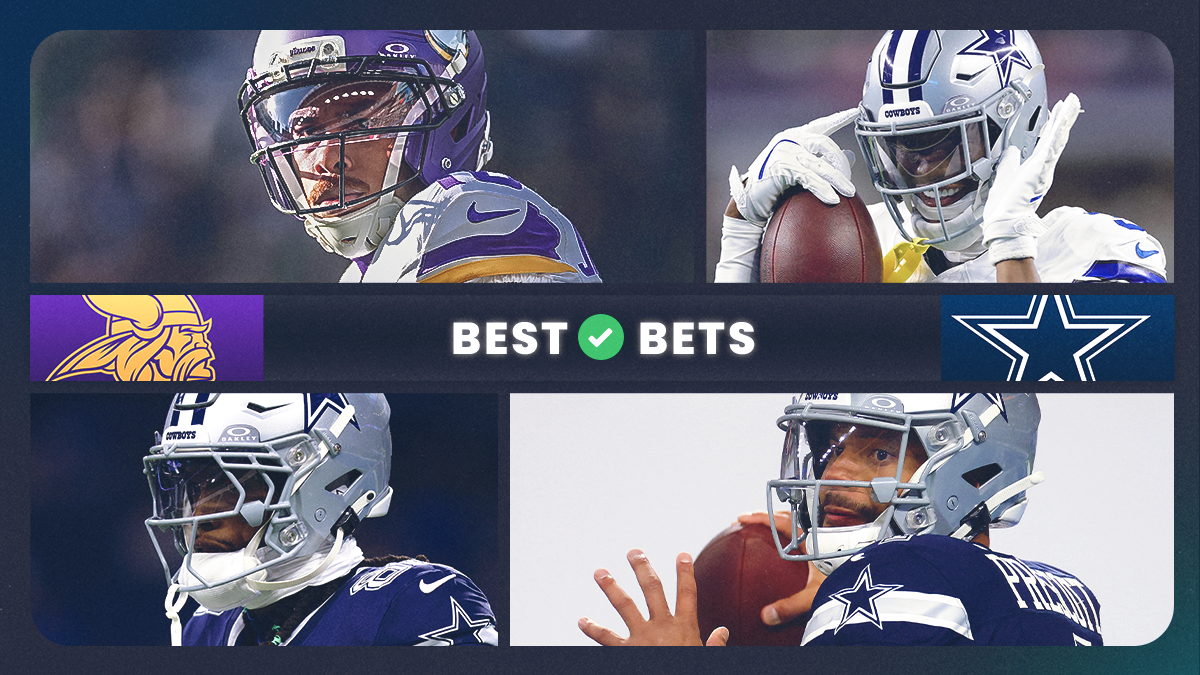Nothing feels quite as magnificently degenerate as betting on the NFL preseason.
Here are five preseason trends to know for those when you're itching to place a wager and the Ravens aren't on the slate.
1. Short 'Dogs (+2 or less)
The preseason is no different than the regular season in that underdogs (and unders) should butter your bread, as these tend to be less popular bets, giving sportsbooks less incentive to alter their line-making methodology to account for the trend.
With all the uncertainty and randomness that comes with little-known players playing with an oblong ball in units that have often never been seen playing together outside of a given team's practice facility, many preseason games are essentially coin tosses and should be listed as pick'ems. With that in mind, a small underdog should be a tell, as books have no problem hanging a 3 if they deem the situation calls for it. Since 2011, just under one-quarter of preseason spreads have opened at 3 and just over one-quarter of preseason spreads have closed at 3 — roughly the same amount as all spreads from 1 to 2.5 combined.
Since 2011, preseason 'dogs that closed +2 after opening inside a field goal have gone 68-39-8 (64%) against the spread, covering by an average of 2 points per game and netting a 22% return on investment.
This trend holds regardless of the location of the underdog in question, with road 'dogs covering at a 62.8% clip and home 'dogs covering at a 61.8% clip.
This trend has been profitable in 10-of-11 preseasons since 2012.
2. Under 37 or More
The key number to remember when betting preseason totals is 37 (or 36.5 for those of you who prefer your glass half-empty and your numbers with decimals). Since 2014, betting under a total of 37 or more in the preseason has produced a record of 201-130-8 (60.7%) and a smooth 16.8% ROI. Meanwhile, going under on totals of 36.5 does nothing other than put you on the fast track to a redeposit, generating an ugly 43.5% win rate.
The median combined score of all NFL preseason games since 2014 is 38 and the average is 38.1, so why does the trend become profitable starting at 37, a full point lower?
This is where the market inefficiency stemming from favoring overs comes into play and benefits under bettors. If the preseason was completely random, we should see totals of 37 (and 37.5) trend toward the mean and median combined score of 38 over the long term, but instead, 37 and 37.5 have been the two most profitable closing totals within this entire trend!
According to our public betting data, totals that closed at 37 and 37.5 saw the over attract an average of 60-65% of the total handle (i.e., percentage of money bet) — as is typical for overs (and favorites) in general — yet the under has hit at a 64% clip on those totals. In other words, books have don't have any incentive to "correct" for trends like these until the market wisens up and stops being so bullish on overs.
Speaking of wisening up, you may be wondering how this trend is affected by the assumption that each week of the preseason has a different expected scoring average as starters typically get more playing time in each successive week. The trend has still been profitable in all preseason weeks, though Week 2 lags with a 54% win rate compared to 60% or better for all other weeks. This is something to monitor, but as of now, I'm chalking it up to the small-sample variance that is to be expected when you divide a 300-plus game sample into smaller pieces that don't all crack triple digits. It's also worth noting that the old Week 4 that has been done away with is the only week in which scoring averages significantly changed, dropping more than 2 points relative to the overall average. Weeks 1, 2, and 3 in both the old and new formats have generally fallen in line with the overall average.
I should also point out that a combined score of 37 is also a key number in the general sense — it's the third-most common combined preseason score after 44 and 41 since 2014. The corresponding totals (37.0 and 37.5, 41 and 41.5, and 44 and 44.5) have gone a combined 88-49-5 (64.2%) over that span, indicating that the closing lines don't reflect the "true" projected outcome, but rather the market's tendency to overrate scoring potential in the preseason.
The fact that the money hasn't caught up to trends such as this despite the constantly increasing availability of data and analysis is an indicator of just how tough handicapping the preseason is. It's one of those situations where knowing too much can be just as detrimental as not knowing enough, as it's easy to overrate an offense's scoring potential based on a few talented deep sleepers you're high on while overlooking the many factors that could be working against them. How could you know that a third-string offensive lineman you never heard of would commit a hold on every single successful play, or that a coach instructed his player's to not score in the red zone because they wanted to get a look at multiple red-zone plays against a live opponent, or they want to get a look at the rookie kicker's mid-range game in live action, etc.
The bottom line is you should never blindly bet a trend, but when in doubt, you should assume that you're more likely to overrate scoring potential in the preseason than underrate it.
3. Over 36.5 or Less, Road Favored
If you're still reading this, then I know you enjoy gambling, which means you almost certainly enjoy betting overs more than unders. Don't worry, I've still got you covered.
The reverse of the trend I broke down above dictates overs of 36.5 or less — while rare — tend to hit at a high rate, particularly in situations when the road team is favored.
Preseason totals of 36.5 or less where the home team is the underdog have gone 46-24-1 (66%) since 2008, covering by 2.9 points per game on average.
Despite a sample size of just 71 games across 15 years, this system still grades out as an A (the highest possible mark) in Action Labs, which essentially means that the results are significant and don't stem from random luck.
Why filter for spots where the road team is the favorite? Given that it happens fairly infrequently (fewer than 30% of the time over the past two seasons and fewer than 20% over the past two decades), it serves as a strong indicator that the road team has a significant projected edge in talent, which typically comes by way of the quarterback and offense.
With that being said, there are times when a perceived edge for the road team leads to a total being too high…
4. First-Half Under With Home 'Dog/Pick and Full-Game O/U Is At Least 34
If a road team is favored, its expected advantage is almost always guaranteed to impact the first half more than the second half, as it's almost unheard of for a coach to play starters — especially difference-making ones — for an entire preseason game. Sportsbooks account for this by jacking the first-half total up to a point where it's well above what you would get from simply halving the full-game total.
(Filtering out spots where the full-game total is excessively low may seem counterintuitive, but since I'm looking to be contrarian by fading under-the-radar inflated first-half totals, I don't want situations where the difference between the first-half and full-game totals is drastic to the point of being obvious, which increases the likelihood that there is good reason for the odds being listed as such and decreases the likelihood of a contrarian outlook being correct.)
Handicapping a shorter duration of time can oftentimes be challenging because a small sample will inherently contain more randomness than a larger one, but there are exceptions, and this is one of them. It's similar to betting a first-five line in baseball: You have a better sense of who is going to play, and you're able to cut out some of the unknowns, such as pinch-hitters and bullpen shenanigans in the case of a first-five-inning line.
The great thing about betting on preseason first-half totals is that, in addition to limiting some of the unknowns, you're also usually getting an inflated number based on questionable assumptions, which is essentially the same as getting a free odds boost promo.
It should come as no surprise, then, that this trend has churned out a monstrous 65% win rate (95-52-3) and 25% ROI across a nearly two-decade sample.
Being able to filter for games played indoors or outdoors is low-key one of my favorite features of Action Labs. When you bet on a lot of unders, targeting outdoor games where the weather can play a role can have a significant impact on your win rate. For example, this trend is not even profitable when filtered for indoor games only, posting an 18-23-1 (44%) win rate.
5. Short Moneyline Dog in Intra-Conference Matchup
NFL schedule-makers avoid pitting two teams from the same conference against each other in the preseason, but intra-conference matchups still make up roughly 20% of the slate each preseason. When these do occur, they tend to act as an equalizer. Showcasing plays, schemes and poachable under-the-radar talent to an opponent that you'll play only once every four years (unless you both happen to make the Super Bowl) is viewed as a necessary evil in preparation for the season, but things become a lot more high stakes when the opponent is a rival that you may have to conquer later that same year to advance in the postseason.
NFL teams are notorious for prioritizing things other than winning in the preseason, and this is magnified in intra-conference matchups. Determining a favorite using traditional measures such as home-field advantage or better players is futile, as the favored team often has the most to lose in these matchups, leading to "upsets" galore.
Since 2015, intra-conference preseason dogs that opened below +155 are 48-27 (64%) straight-up, which is good for an otherworldly 48% ROI.
A line of +155 implies a 39.4% chance to win, so it makes sense that anything below that — implying a 60-40 gap or less between the two teams is effectively negated by the circumstances. And on the off chance that the teams do want to play to win, the increased familiarity can act as an equalizer as well. Any way you slice it, these games feature peak randomness in the part of the season already known for its randomness, so taking whichever squad is being offered at plus-money is going to be +EV.


